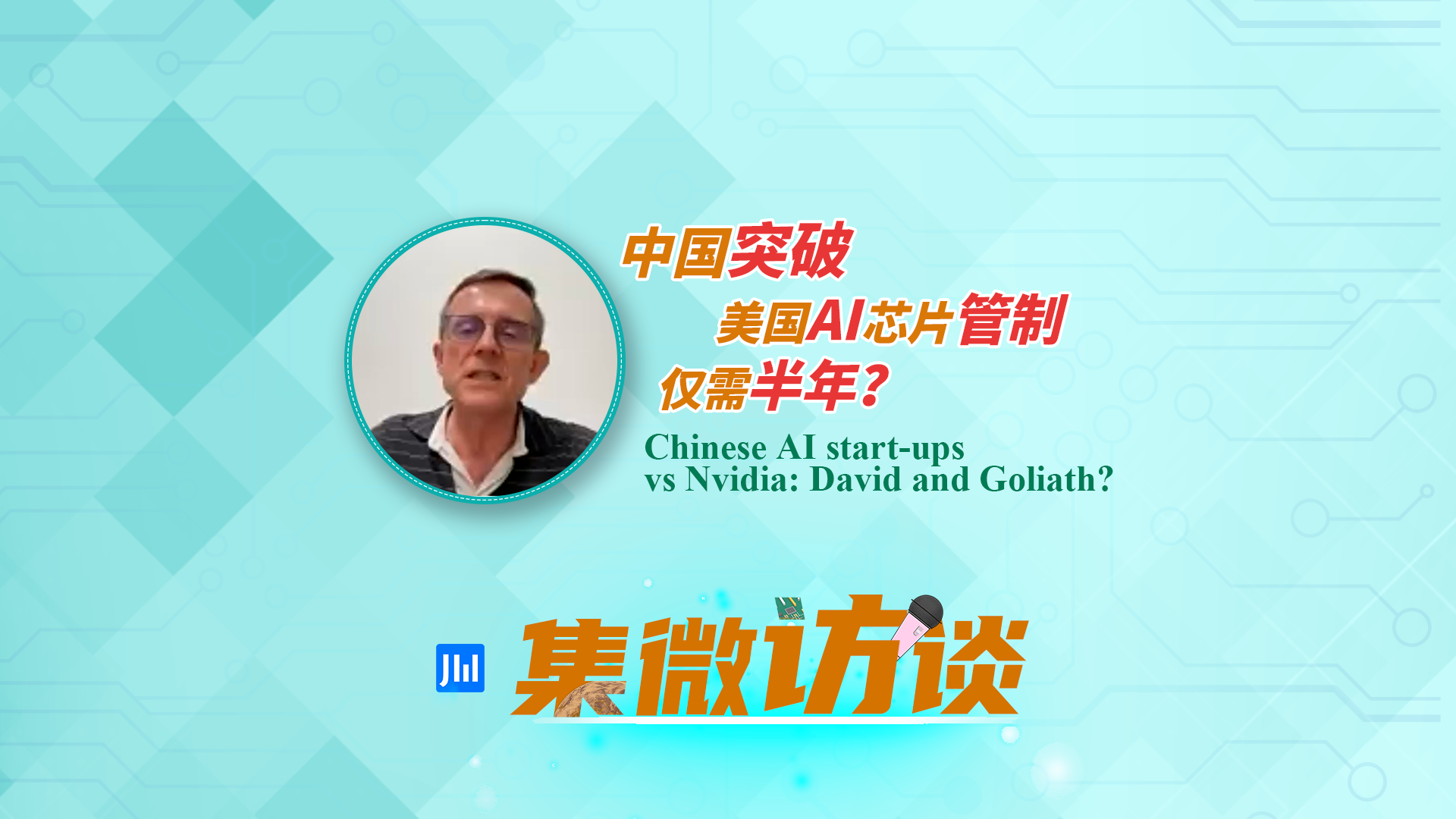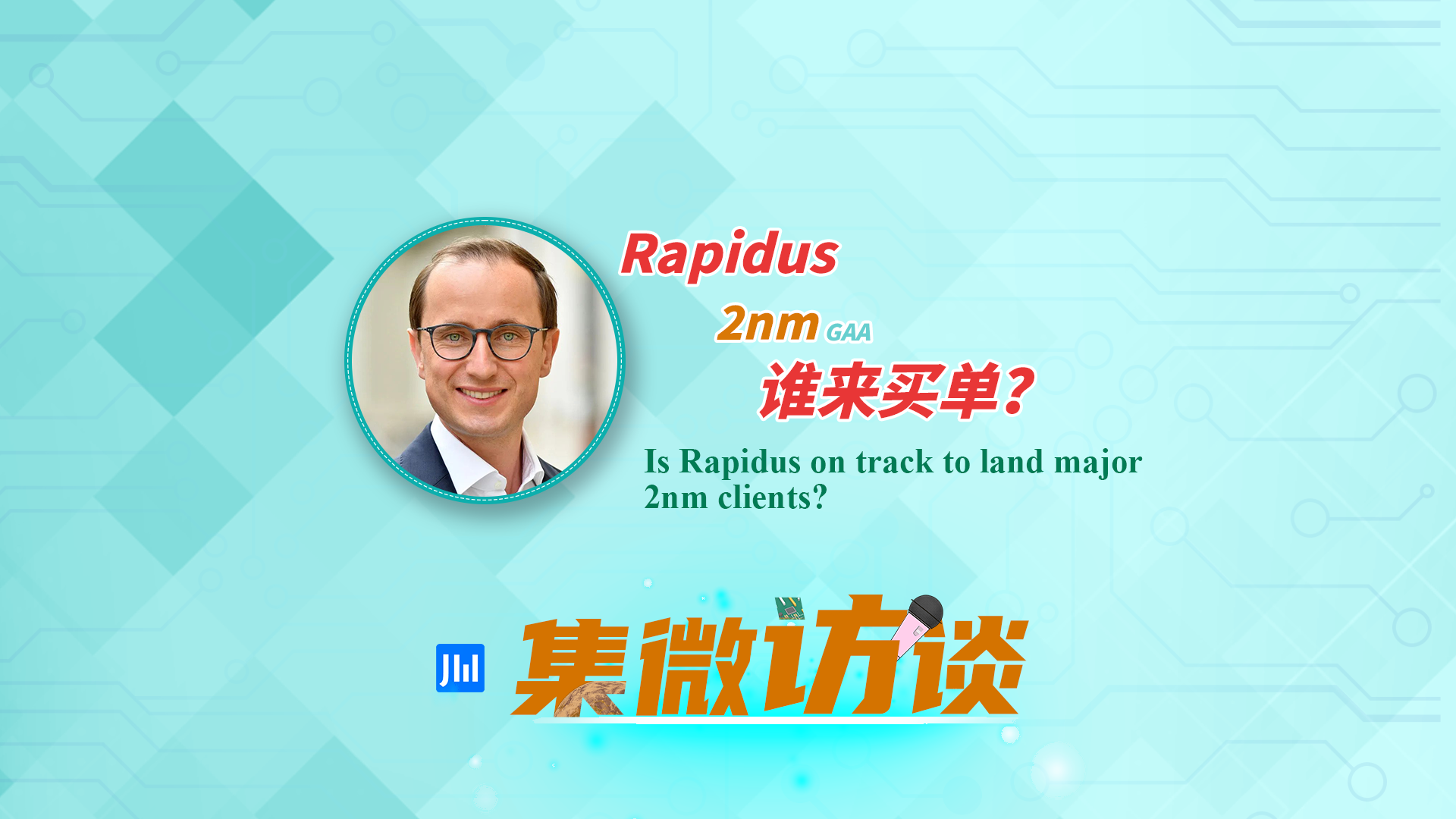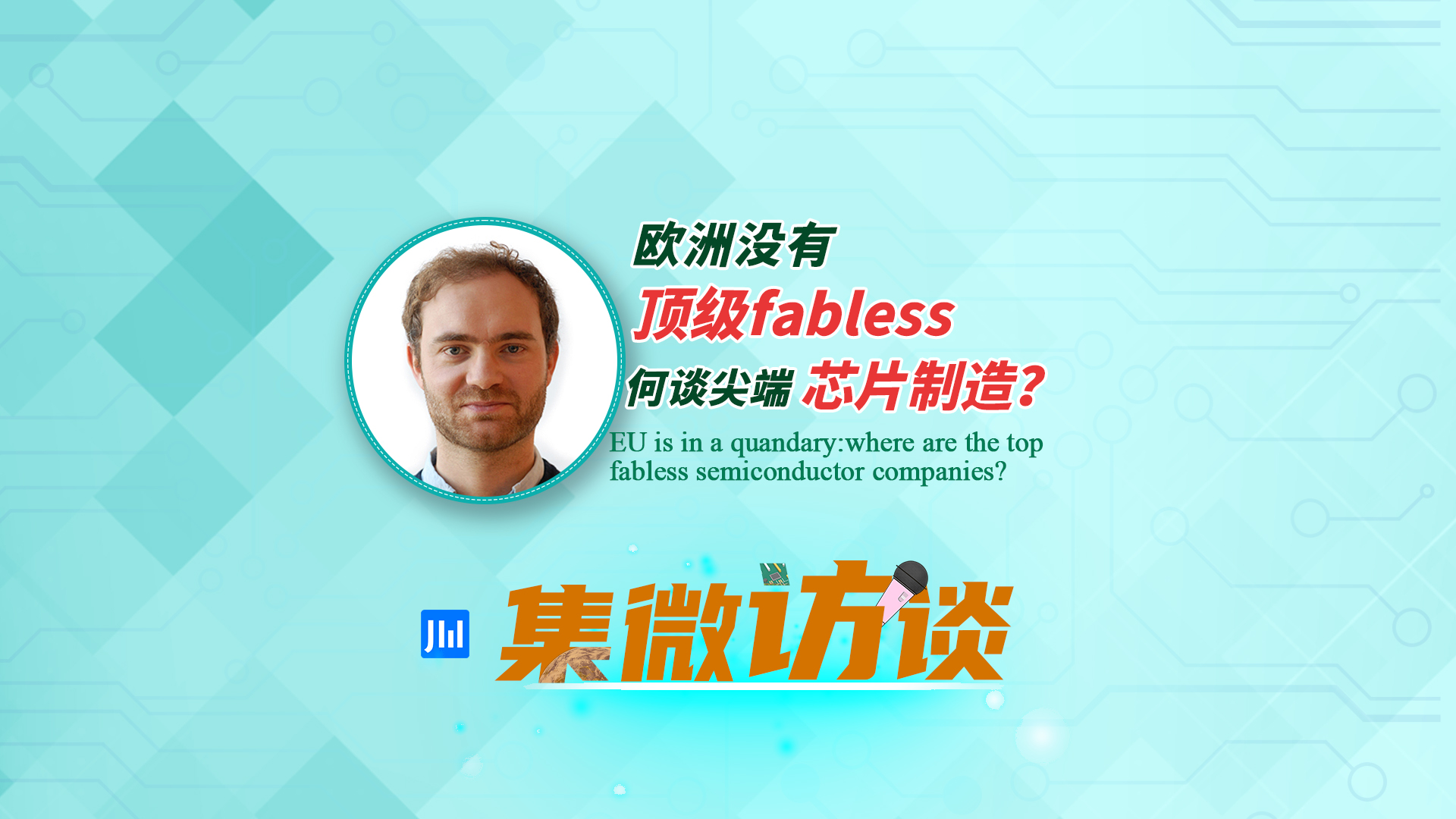Dr. Jon Peddies, President and founder of the U.S.-based Jon Peddie Research, talked about Chinese GPU companies in a video interview with JW Insights. He thinks that Chinese companies have a chance to catch up with the leading global players, but it will take time.

Jon Peddies has been a pioneer in the GPU industry since 1962 and is one of the most influential analysts in this area. He is finishing his new book on the history of GPU.
Following is an excerpt from the interview transcript.
Q: Chinese GPU players seem less competitive in the global market. What essential ingredients, if you may think, should be added to catch up with the world's leading manufacturers?
A: It's really difficult. And the Chinese government is making lots of funding available to help companies get started and go forth. And there's been a lot of announcements lately. There are, I think, six new startups in China that are making GPUs. But you got to remember that statement I've made about for 20 years, and it's actually even longer than that. It takes time, it takes experience, and it takes bulk and size. If you compare the Chinese startups to AMD, Intel, and Nvidia, AMD has 16,000 people, Intel has 121,000 people, and Nvidia has 22,000 people. You're gonna compare that to a startup in China that's got 200 or maybe 300 people. That's crazy. And just there's no comparison.
Now that's not to say that the Chinese startups don't have a chance. They do because the Chinese startups have something that AMD, Nvidia, and Intel never had, which is they have a huge home economy, and that home economy and people in China want to buy Chinese parts. They really want to do that and help their country and help the companies in their country. So the Chinese companies will grow, and they'll get bigger, and they'll get more and more technology. One day they'll be big enough to reach outside of China and be a competitor that AMD, Nvidia, and Intel are gonna be concerned about.
But that's gonna take time to get from 300 people to 120,000 people. You got to sell a lot of stuff.
I certainly haven't met everybody at all of those companies. But over the 40 years, I've been doing this. I've met a lot of people in those companies. And I have never met one that wasn't, in my opinion, close to genius. Those three companies have collected the smartest people I have ever met. I mean, it's just extraordinary how clever they are.
Q: I heard you just finished a book on the history of GPU. Would you like to share more details with us?
A: Yes, I've written several books, and this was the hardest one I ever wrote. It took 2.5 years. Hopefully, fingers crossed. It'll be out on the shelves this fall. The book traces the history of the GPU, and that history, believe it or not, goes all way back to 1960. That's when the concepts for a GPU were starting to formulate.
But back in those days, they were in huge boxes like this, right? Now it's in the tiny little chip, and it's a bazillion times better than those huge boxes were.
It's amazing to hear the stories of those designers and developers' problems they were trying to solve in 1970 in 1980. And the problems are not dissimilar from what we have today. The difference was in those days that they could actually see the circuits. They were that big. Now you have no idea what the circuits look like because they're crammed into this little piece of silicon with 50 billion companions.


 登录
登录








